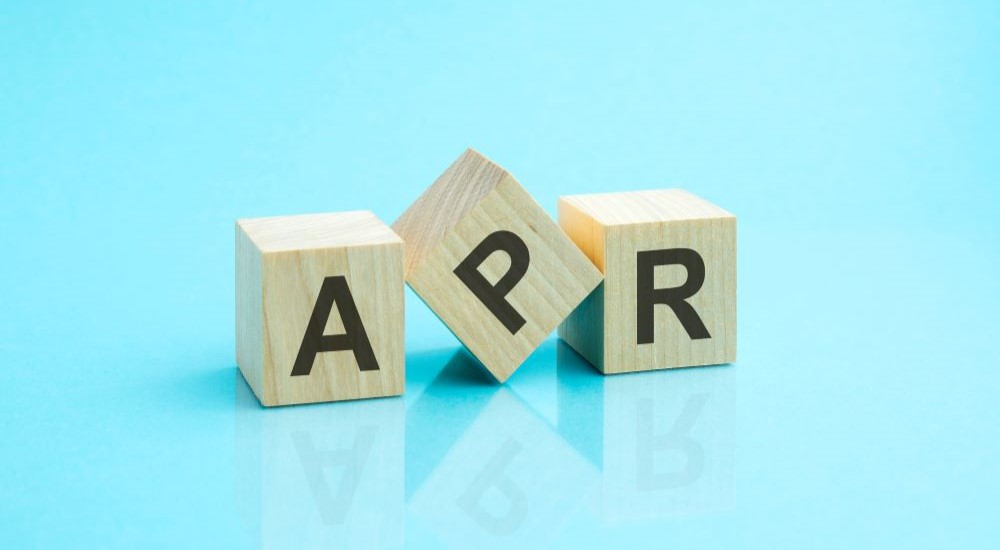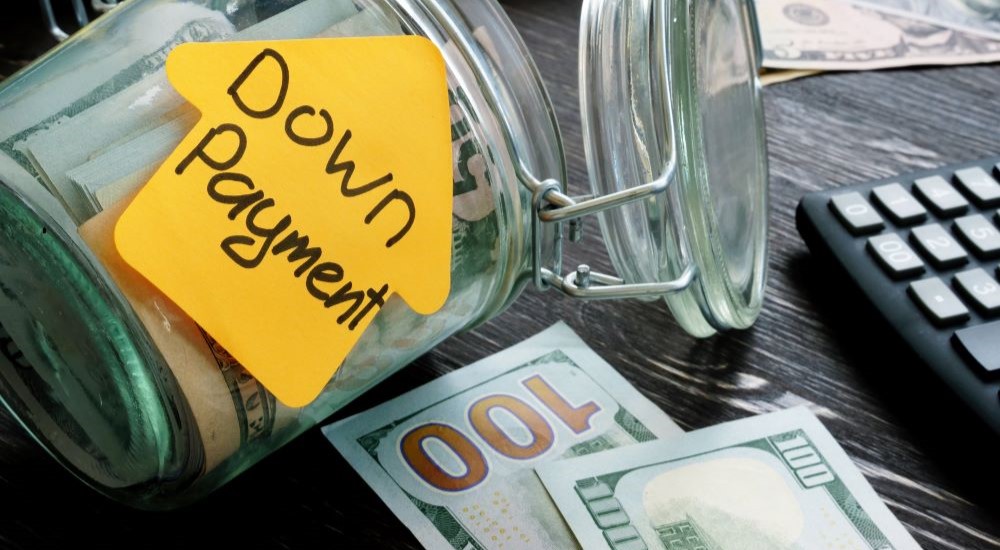Shopping for cars is becoming increasingly convenient with new and inventive online platforms that make the whole experience faster and easier. But even with such advancements in car-buying techniques, auto financing still challenges many buyers due to its complexity. Multiple options are available for taking out an auto loan, including cost-effective solutions at your fingertips.
Are you in the market for a car, but need clarification about the Annual Percentage Rage, or APR? Though it may seem intimidating, understanding the APR is easier than you think. In short, this numerical value reflects how much interest you will pay to your lender based on factors such as credit history and the loan amount. With an array of variables included in the calculation, from down payment size to age of collateral, knowing what goes into determining your rate can help ensure that buying or leasing your dream set of wheels doesn’t come at too high a cost.
What Is APR?
Many people need loans to finance their new or used vehicle purchases. Borrowing money can be a tricky business. With every loan, you must pay back the principal, which is the amount borrowed from the lender. But what about interest? This fee is charged for using someone else’s funds, and its rate depends on various factors, such as your credit record or the length of the payment term.
The APR helps illustrate how much interest needs to be paid if all payments are made on time. It pays off in more ways than one. If you give proper consideration to the factors that influence APR, you may qualify for lower rates and end up saving yourself some money in the long run.
Watch out for “origination fees,” which some lenders may charge. While the fee could be steep or minor depending on the lender, it is always factored into their APR, so you can accurately compare costs between lenders to get your best deal.
Why Is APR So Important?
The Annual Percentage Rate (APR) will tell you what your actual loan costs are. Interest rates on loans can make a huge difference to your bottom line. A high credit score gives you more power to negotiate for lower interest rates and save money over the life of your loan. When shopping around, compare APRs across different term lengths, as you may get an even better deal.
Being armed with a strong credit score can score you an attractive APR when looking for car financing. However, avoid being tempted to take on additional charges from lenders or dealerships. Such costs will add up over time and increase your overall APR substantially. Wise car shoppers must understand how interest rates and APRs work to know what’s best for their budget.
What Factors Impact Your APR?
Interest rates vary from person to person and lender to lender. When calculating the rate you’ll receive, your chosen provider will consider various aspects of your financial situation. Any additional fees and prepaid expenses are also incorporated to arrive at a comprehensive APR. Several factors affect your APR in a car loan. Here are some of the most influential determinants.
Credit Score
A person’s credit score is crucial to their financial success. It can determine whether or not they are approved for a loan, but also the interest rate that comes with it. For auto loans in particular, the Auto FICO score plays an important role, ranging from 250 to 900 points, which is different from a base FICO Score which falls between 300 and 850. Lenders often require at least 700 as a minimum qualification. However, those drivers who still need to hit this mark may still have access to financing options worth exploring.
If you have a poor credit rating, you may still have the opportunity to obtain loan financing with specialized lenders. Unfortunately, these second-chance loans come at an increased cost due to their higher interest rates as compensation for the lender’s greater risk in providing financial backing.
Income
Your income is an important consideration when applying for a loan. Generally, salaried employees will have better chances than self-employed workers. Within the latter group, having a formally registered business may increase your odds of being granted credit. Financial institutions review essential information such as your employment history, income level, and monthly outgoings to identify how likely you can manage existing debts or take on new ones.
Personal Stability
When applying for a loan, having evidence of steady employment and residency signals to the lender that you have what is necessary to make repayments on time. These qualities often lead lenders to offer you more competitive interest rates with a better APR. Staying in one job signals stability to lenders, and increased chances of approval on a loan application. Demonstrating a history in one residence is also viewed as an important part of the borrowing process.
Trade-In or Down Payment
Trade-ins are a great way of reducing your loan amount and associated interest. If you have an old vehicle with some value, trading it in can make a difference. For example, if your current car is worth $11,000 and you’re looking to buy one worth $22,000, then simply performing the trade-in could reduce the amount financed by half.
Making a down payment is an excellent way to demonstrate that you’re serious about purchasing. Dealers will be more likely to grant loans and negotiate rates accordingly. That option can also impact your APR, leading to better rates on a smaller loan.
Length of the Loan Term
One important consideration is the loan term, which is how long you’ll need to pay off your purchase. Terms can vary from three years (36 months) to six years (72 months) or more. You can save money by selecting a shorter-term option. That option means higher monthly payments, but less interest paid in total. Alternatively, choosing a loan with a longer term gives lower installments, but you will pay out more cash overall during the term of the loan.
How Is APR Different From the Interest Rate?
Interest rates do not include any extra fees associated with obtaining the loan. Taking out an auto loan comes with a cost dependent on interest rates. This annual fee is charged on top of your borrowed sum and expressed as a percentage.
An interest rate differs from APR because it encompasses interest costs and any fees associated with that loan. APR gives you a comprehensive view of your annual cost in one figure. The higher the APR offered by lenders, the more you pay toward those bills over time.
How Can You Improve Your APR?
Minimizing your APR and getting a better auto loan rate will take patience and staying on top of good financial habits. Pay bills in full within the specified timeframe, and reduce any debts you might have acquired. Those two steps can help boost your credit score, leading to more attractive interest rates.
Maintaining a positive credit profile with timely payments to creditors can be rewarding in many ways. Doing so may lead to an improved credit score, allowing you access to lower interest rates on outstanding loans and other debt obligations. The result is real savings over time.
Know Your APR
Taking the time to compare loan providers can save you money in the long run. Researching lenders’ APR and fees are critical for finding a car loan that fits your needs. Doing this will guarantee you find auto financing tailored just for you. Put forth some effort now, so you avoid paying more later.






